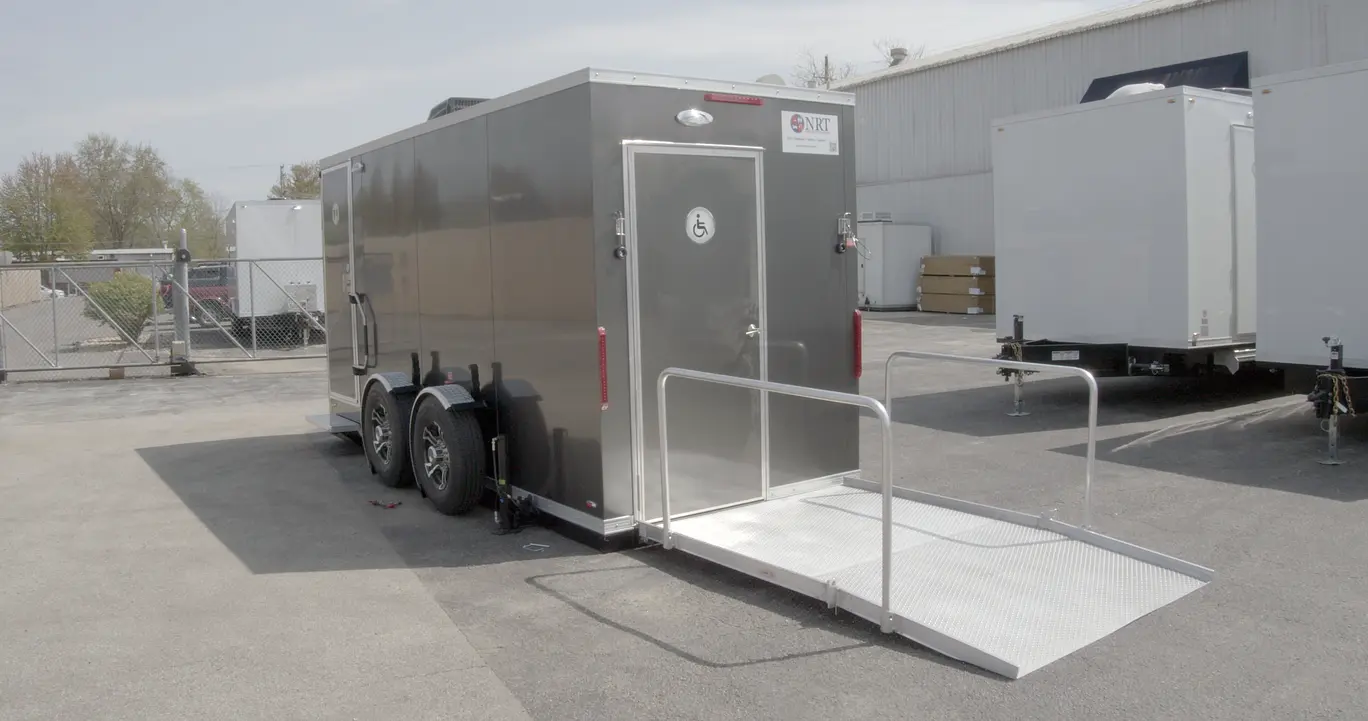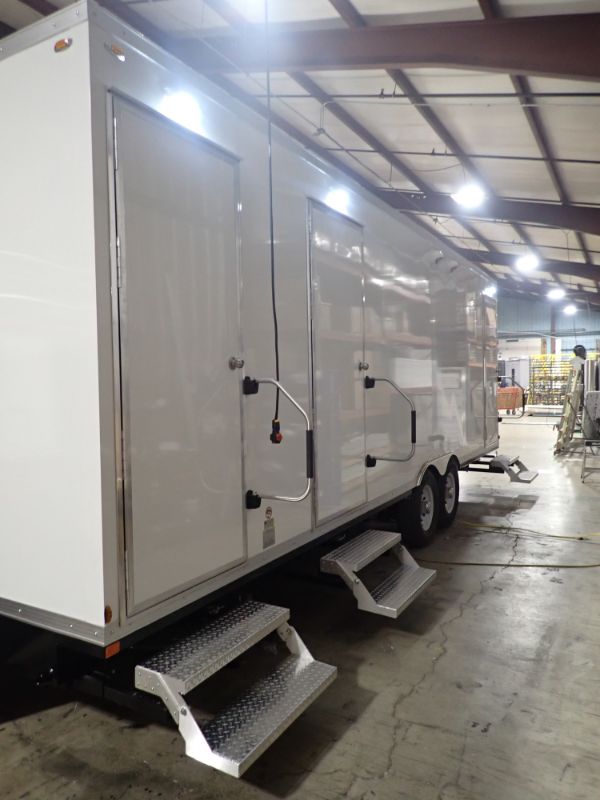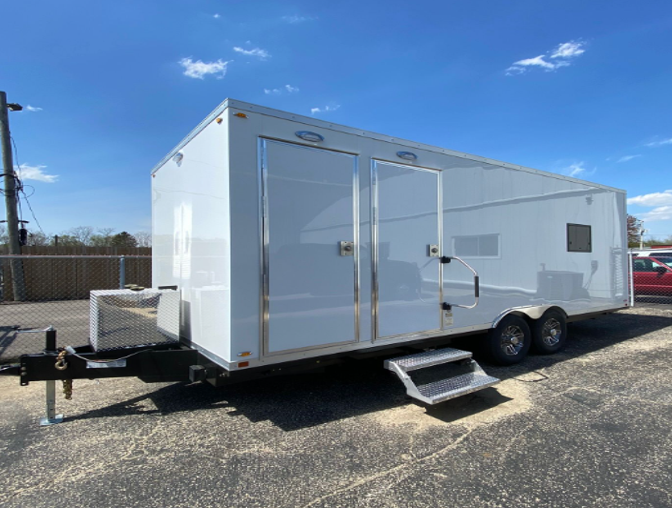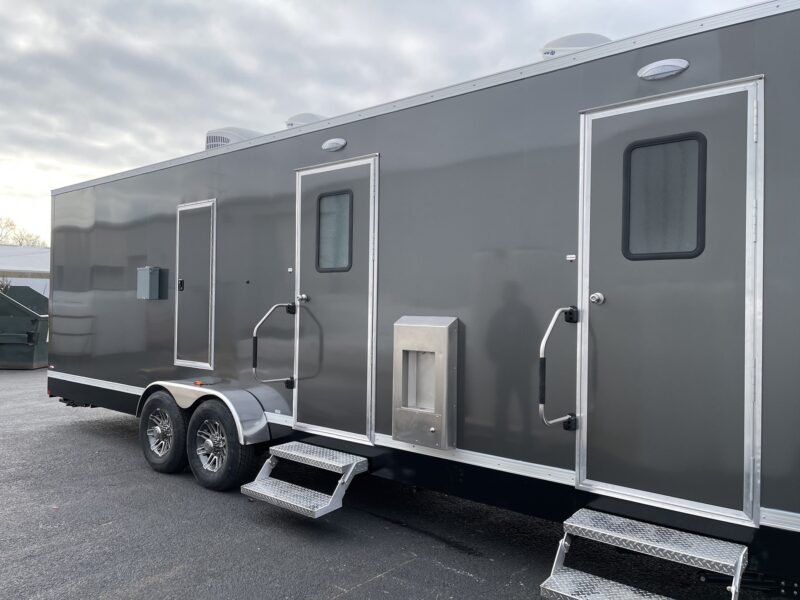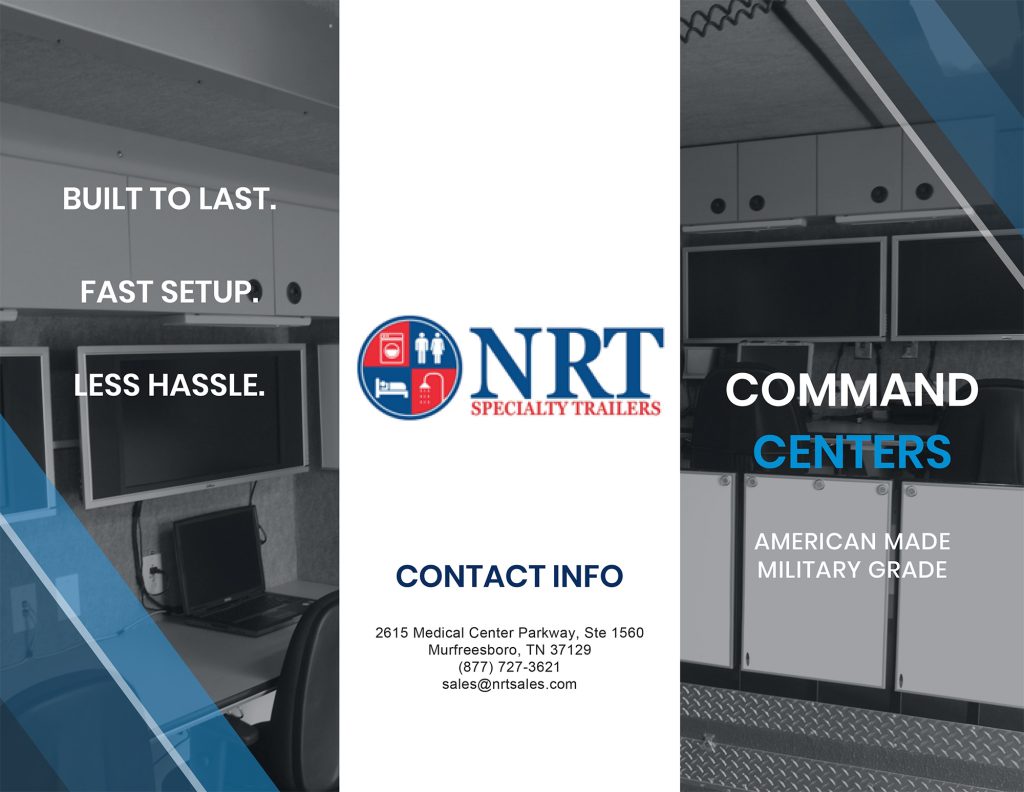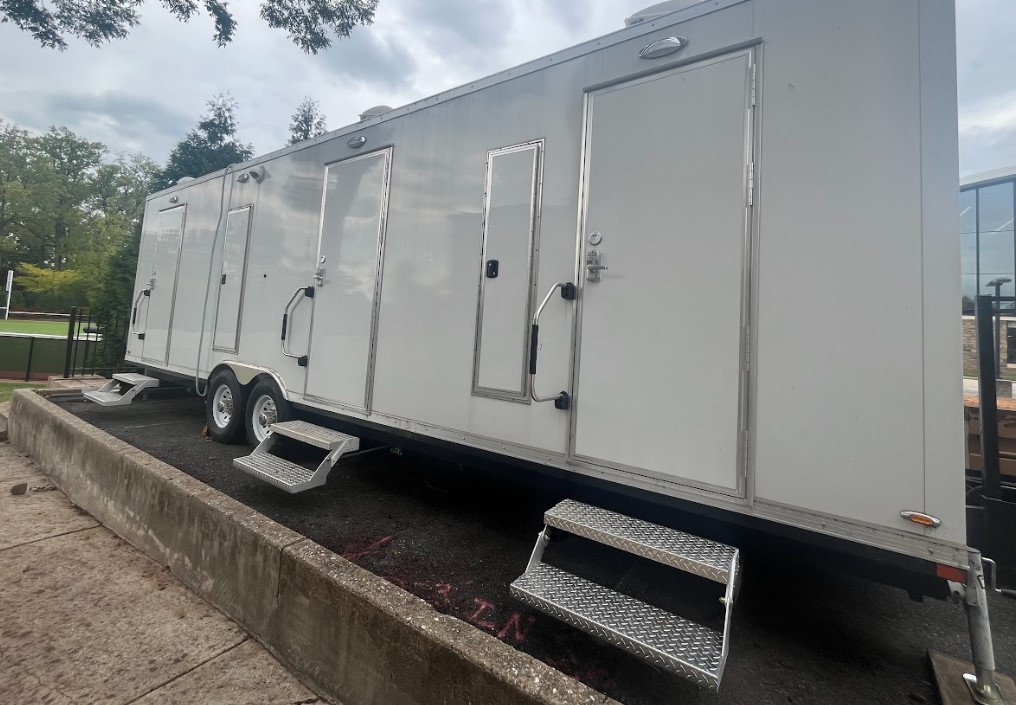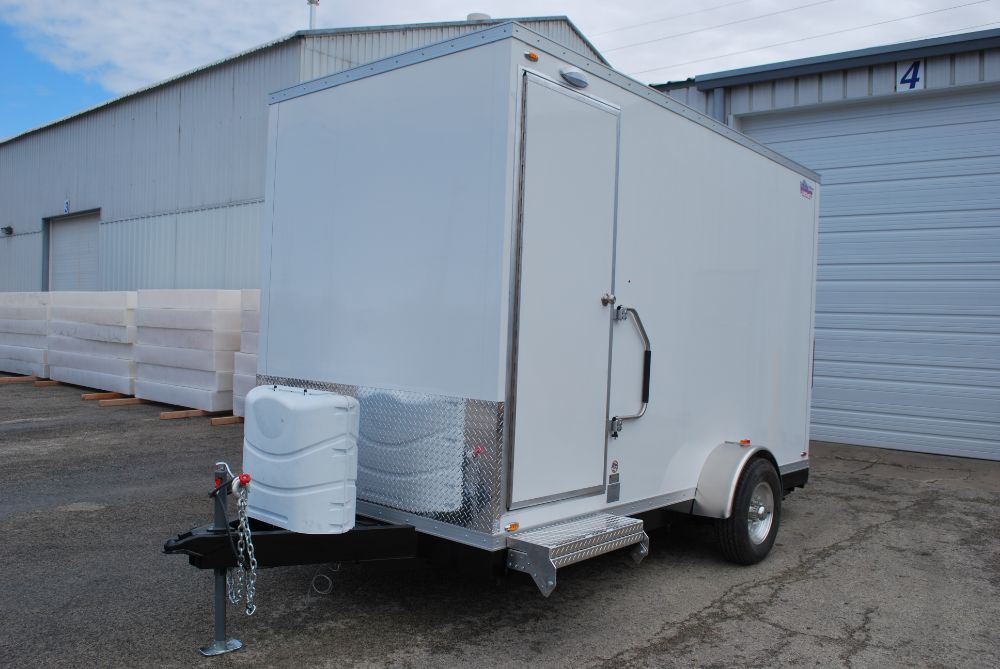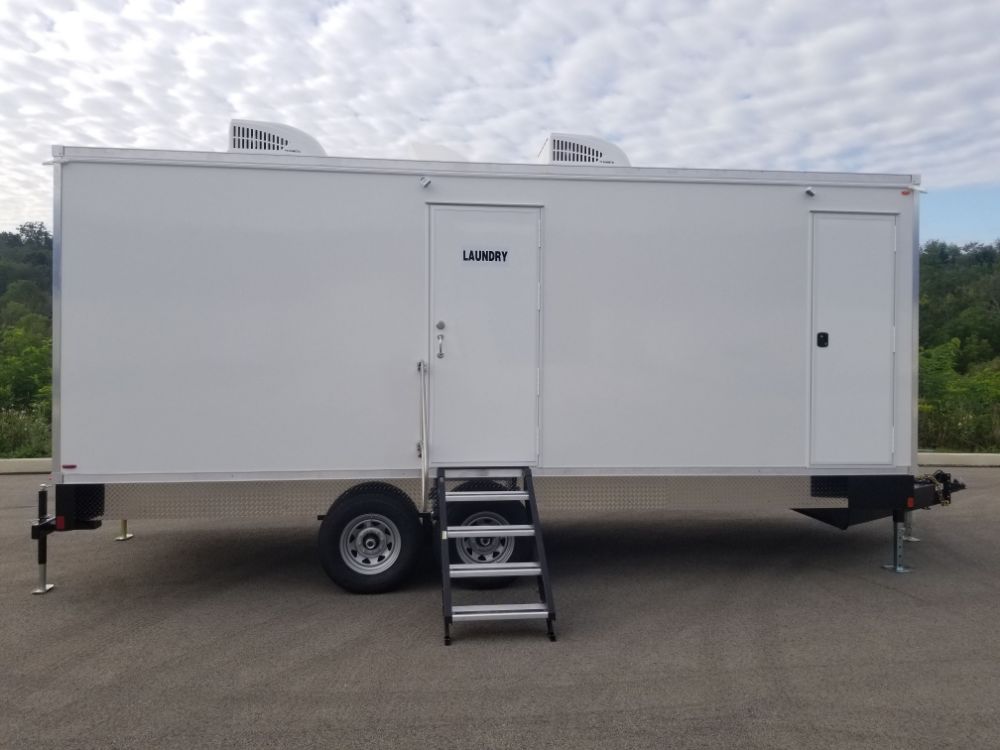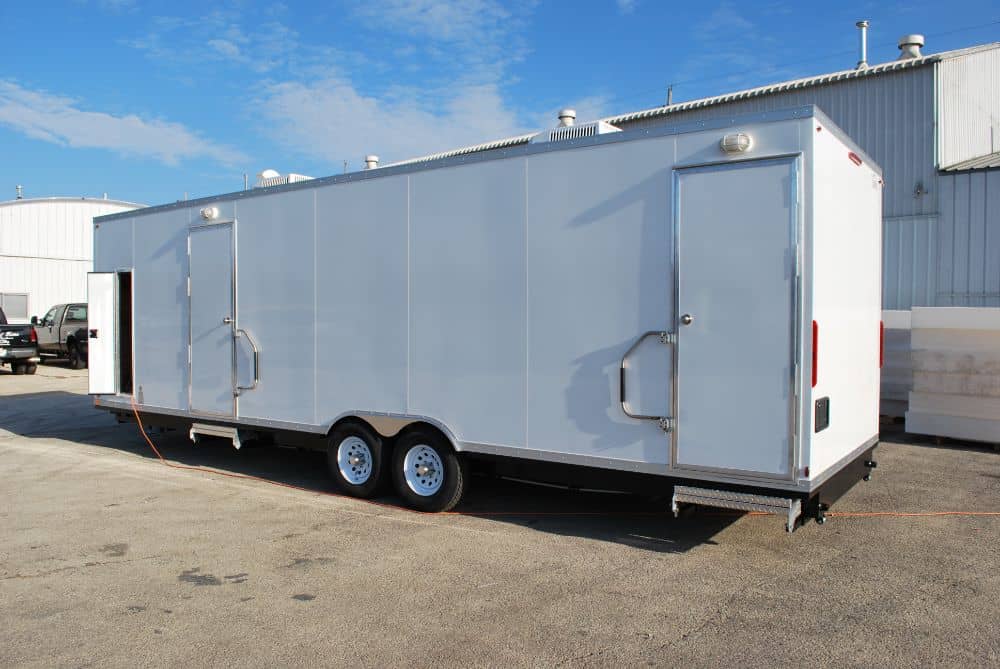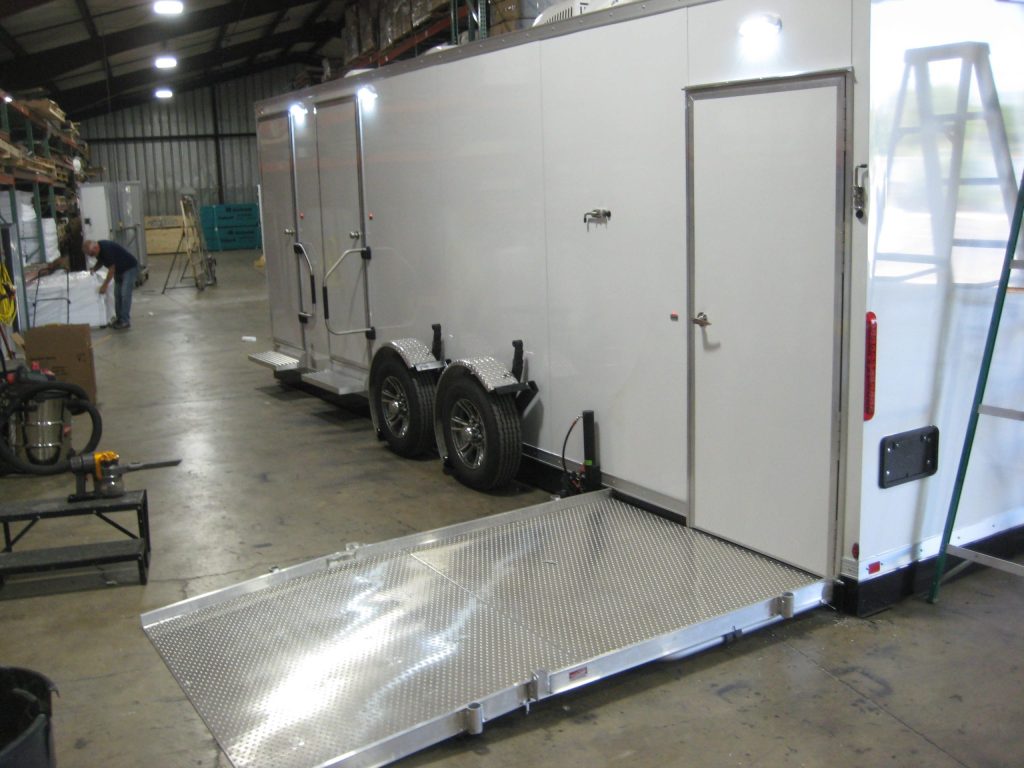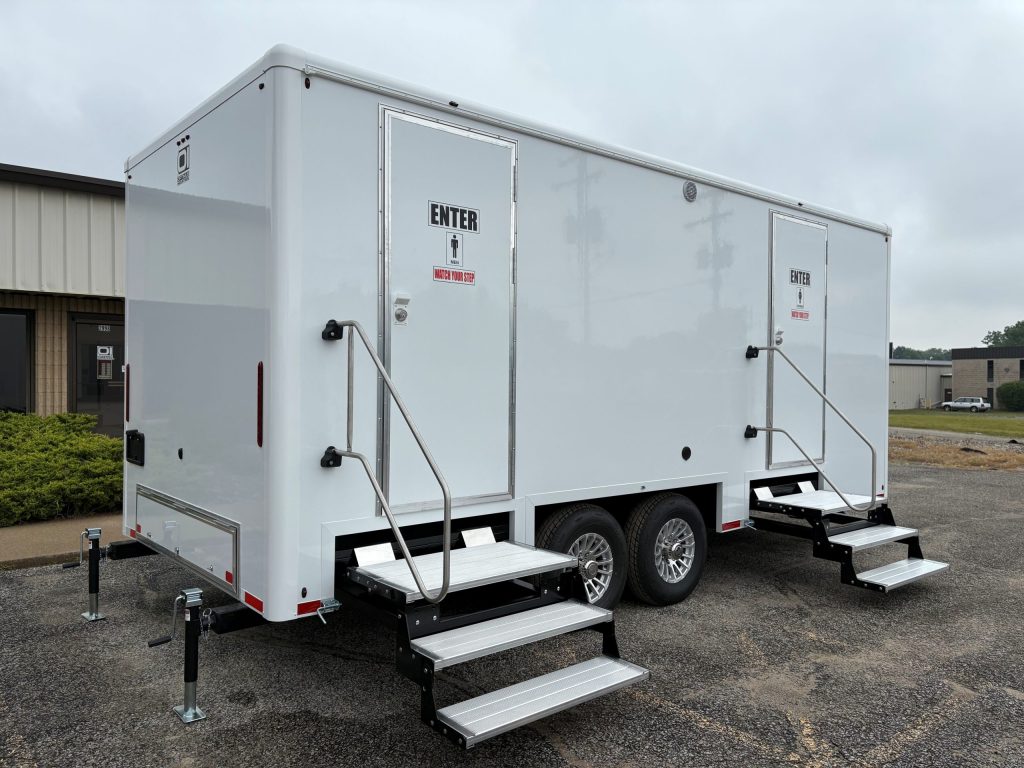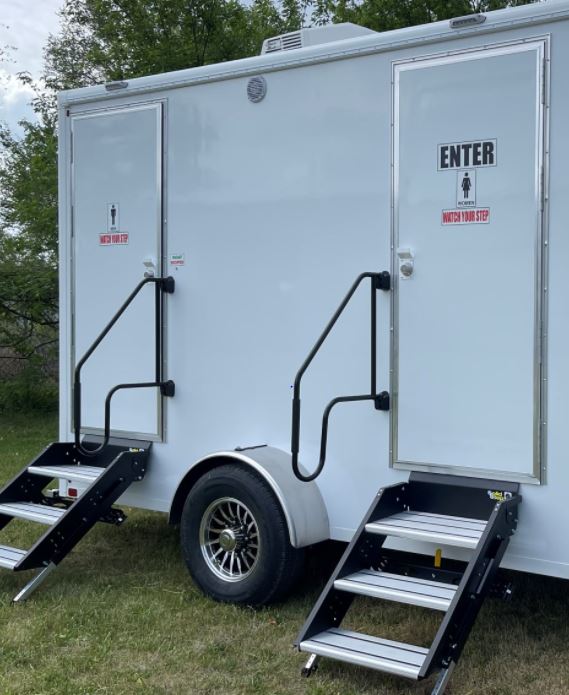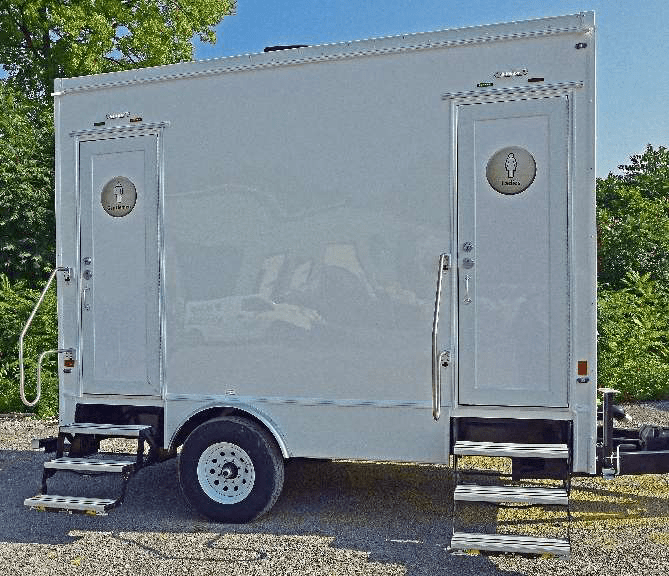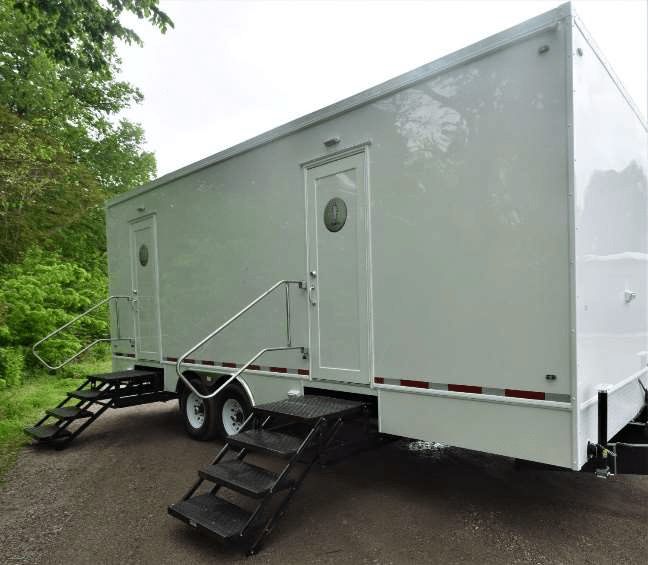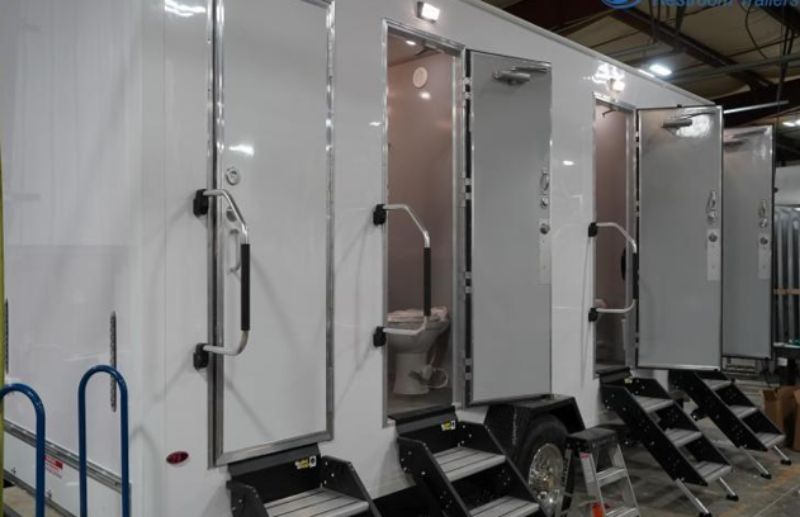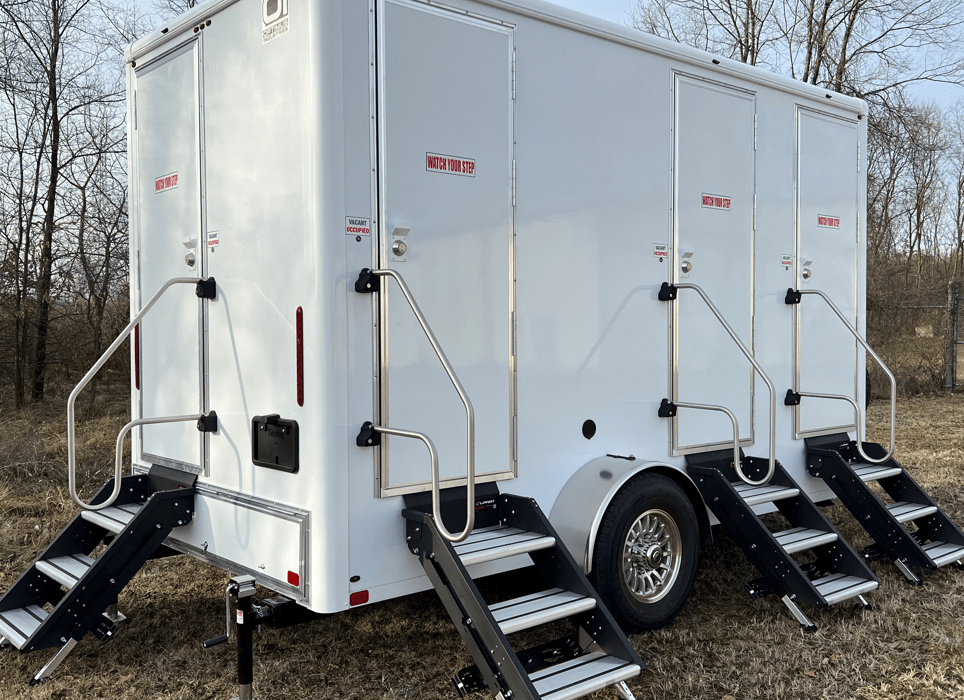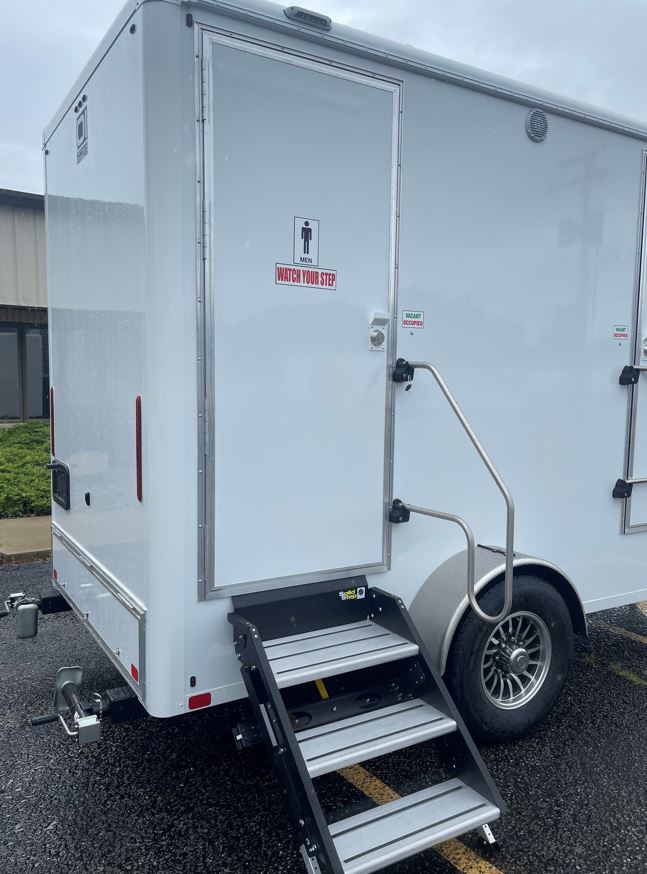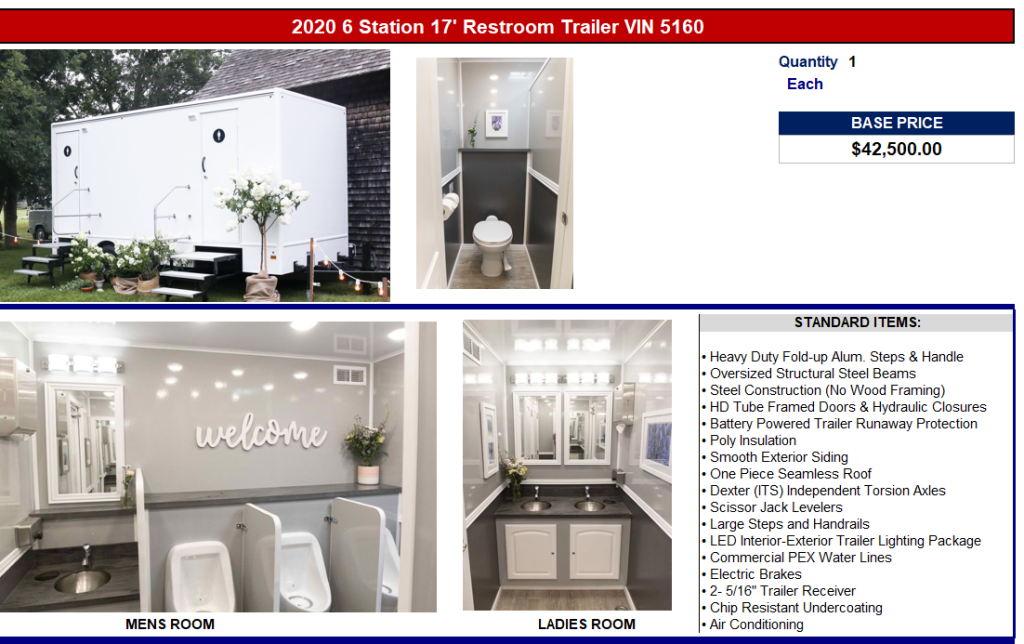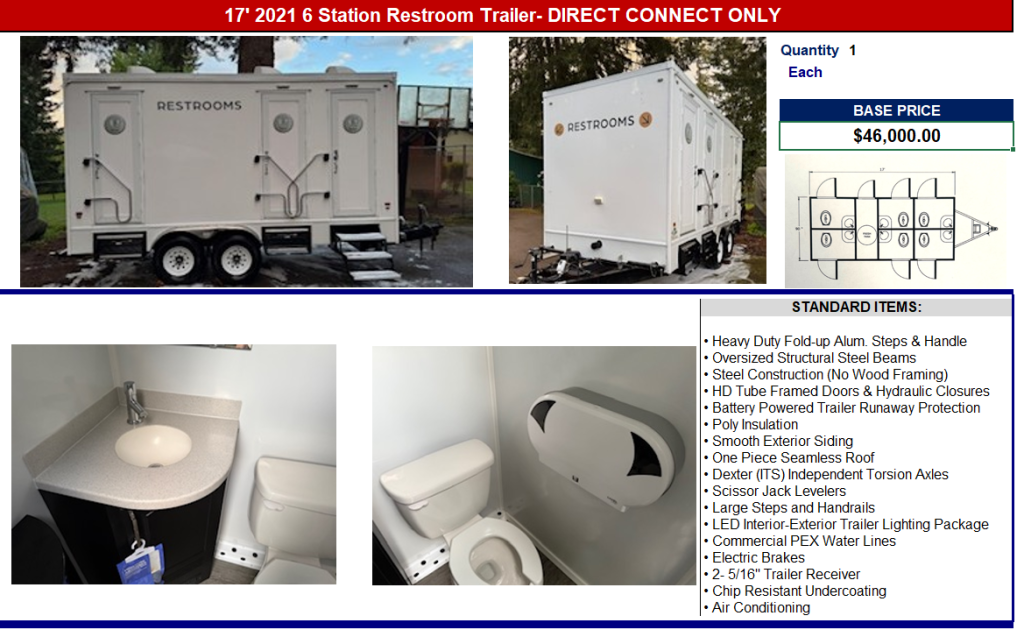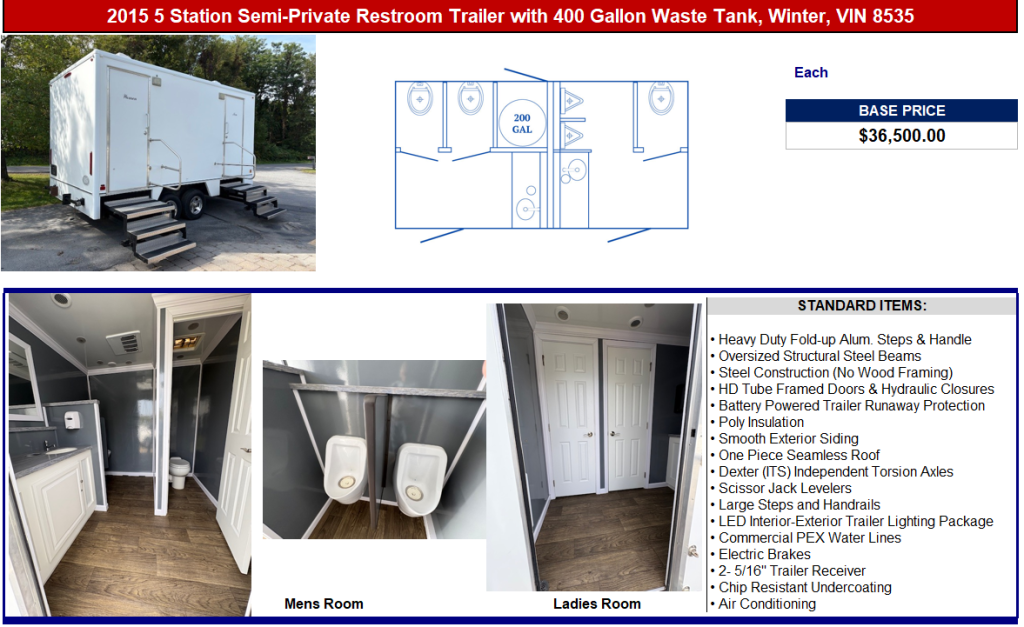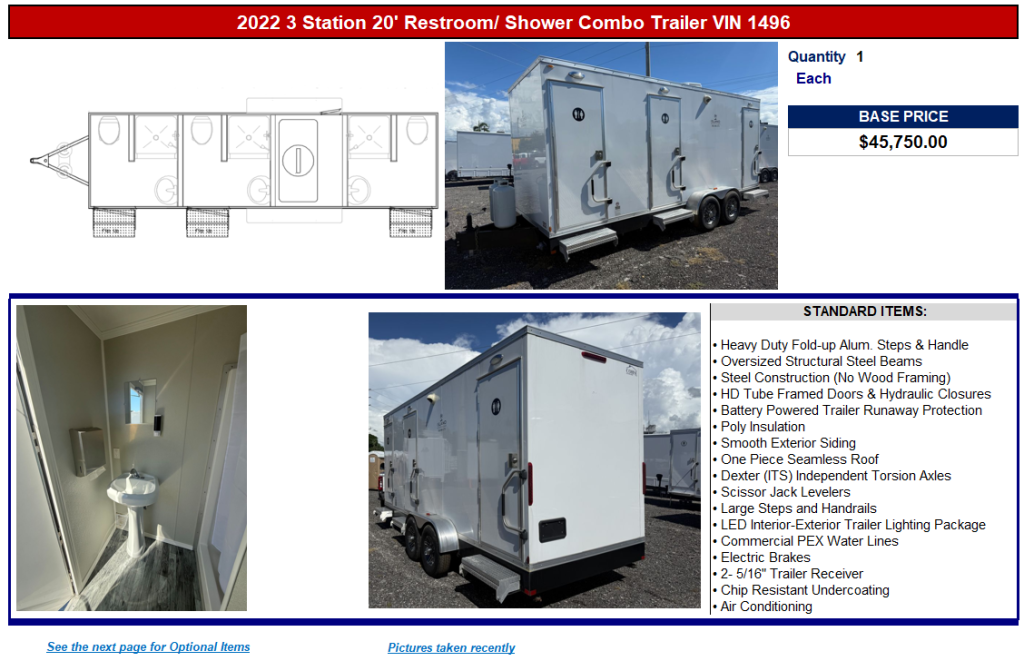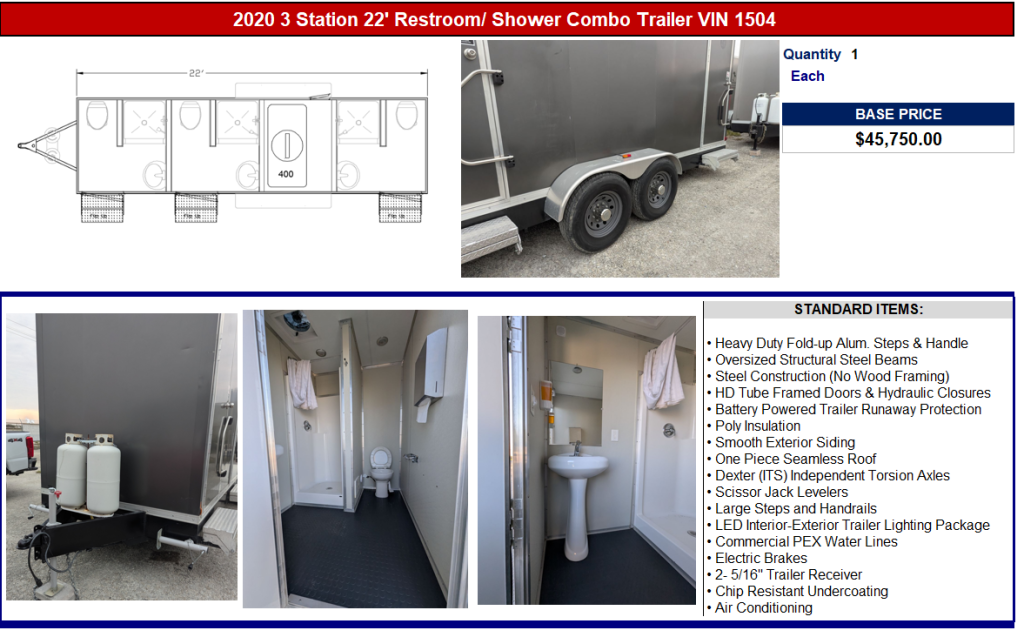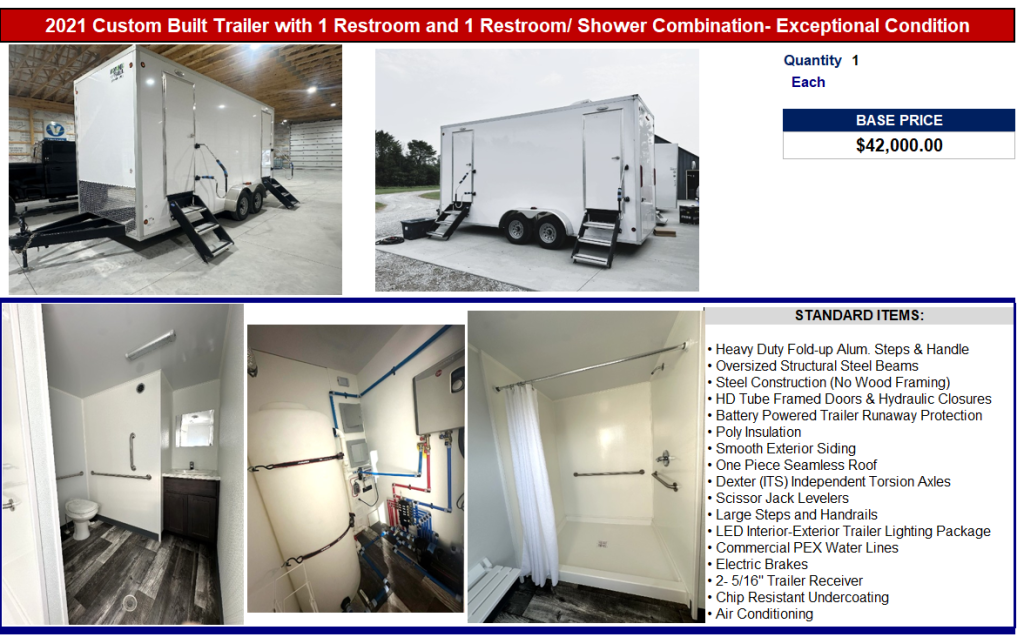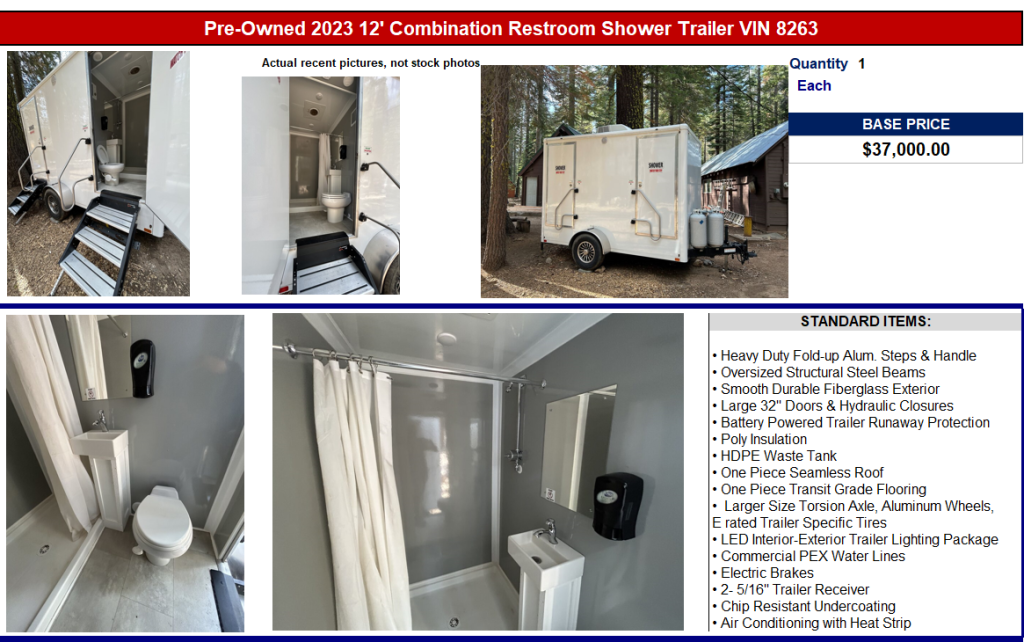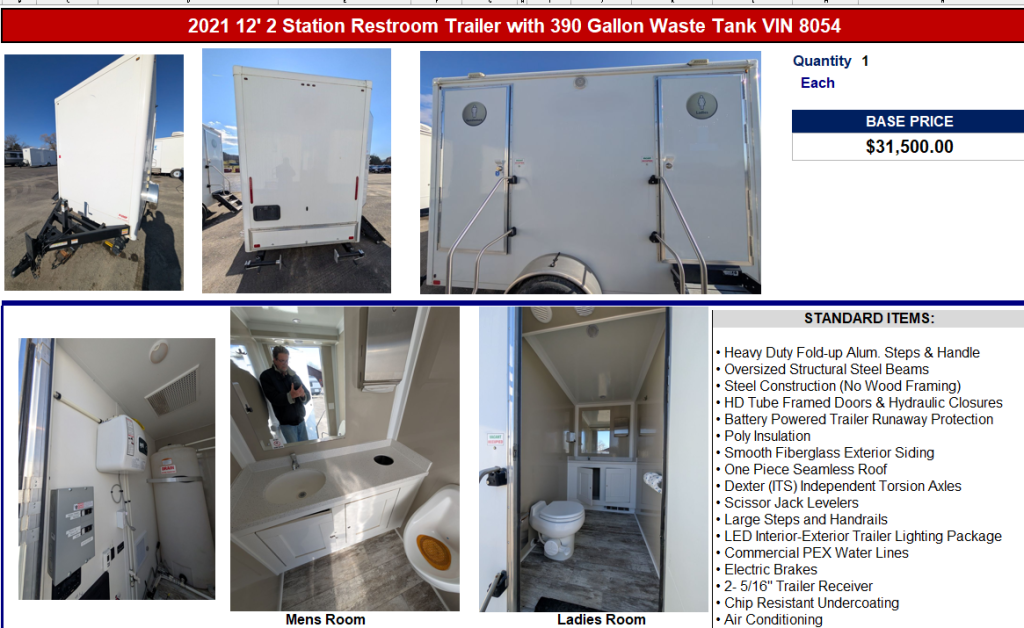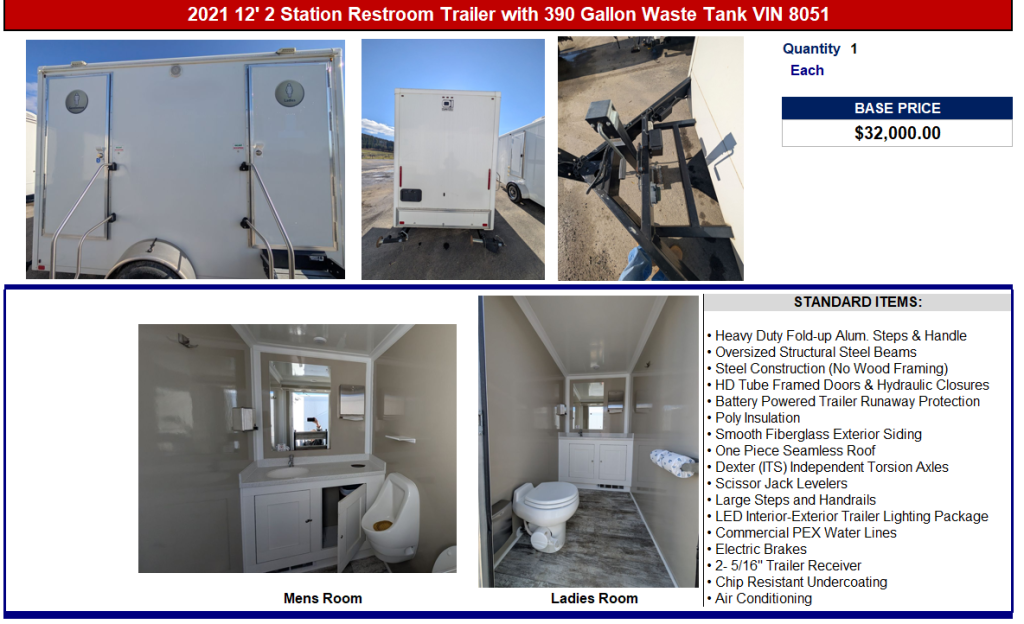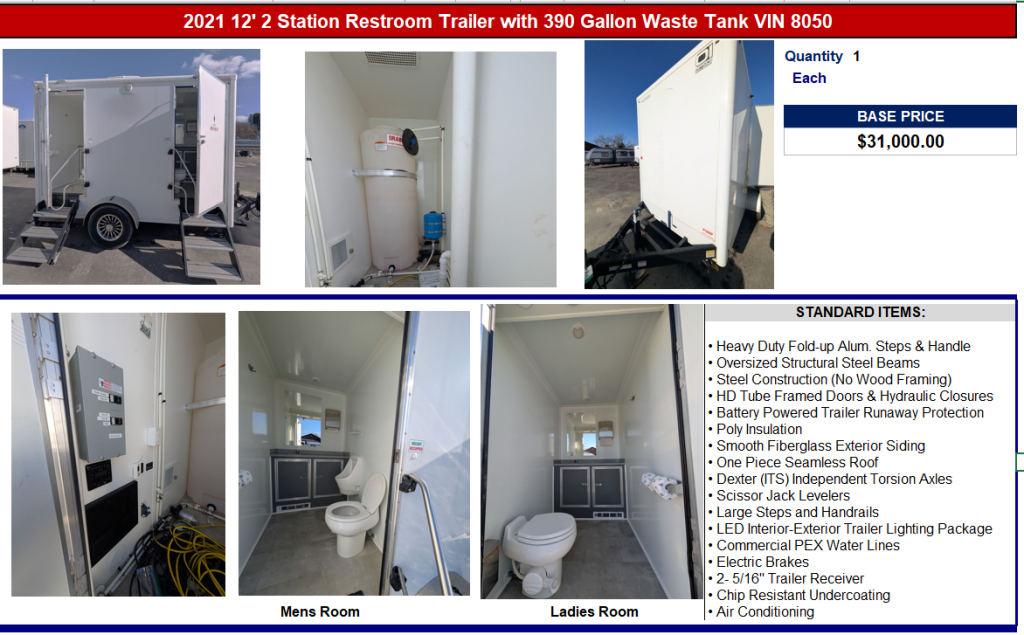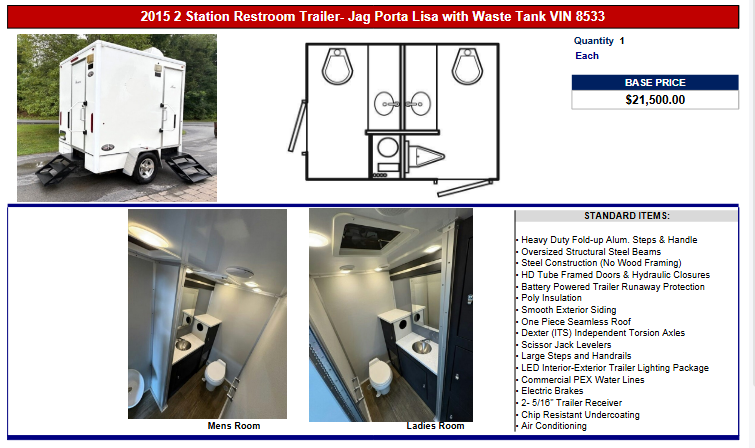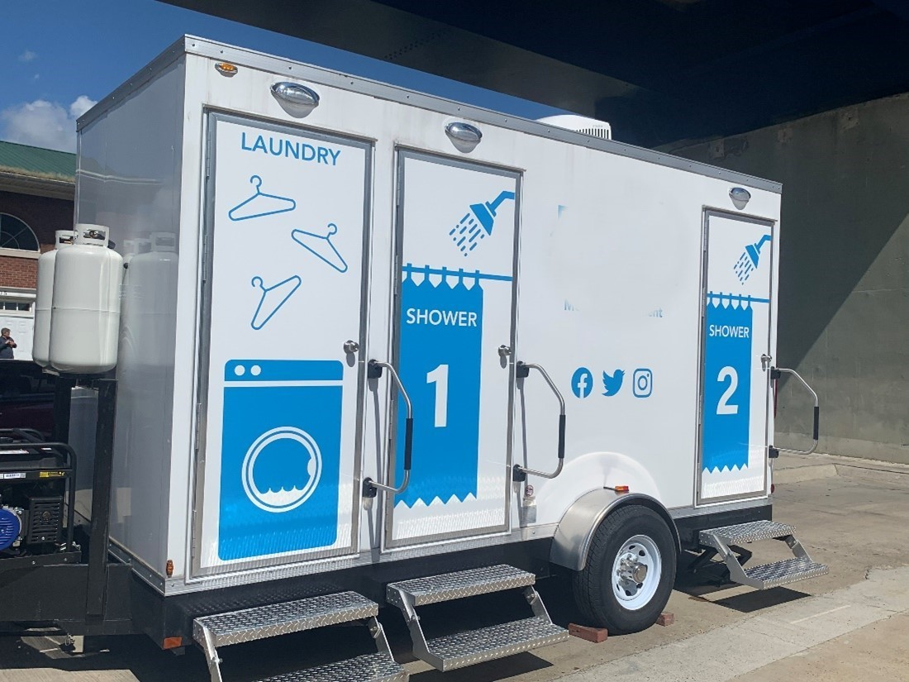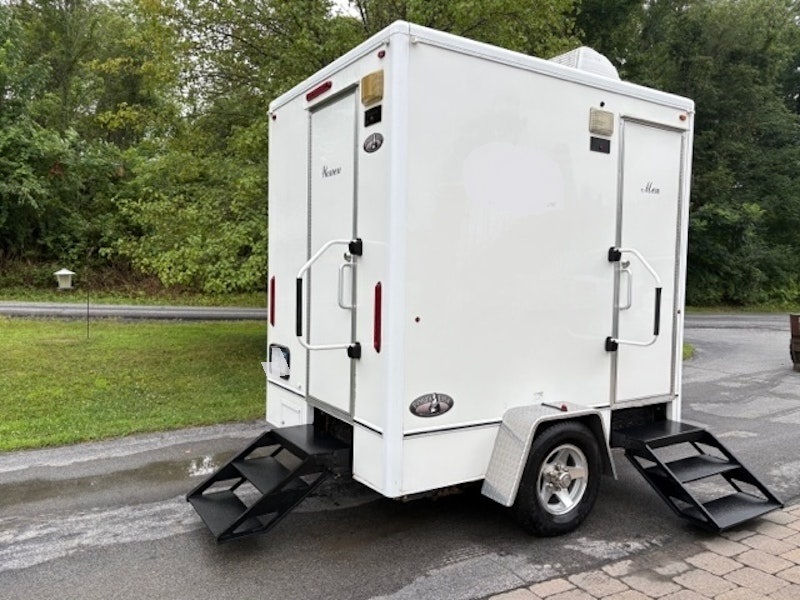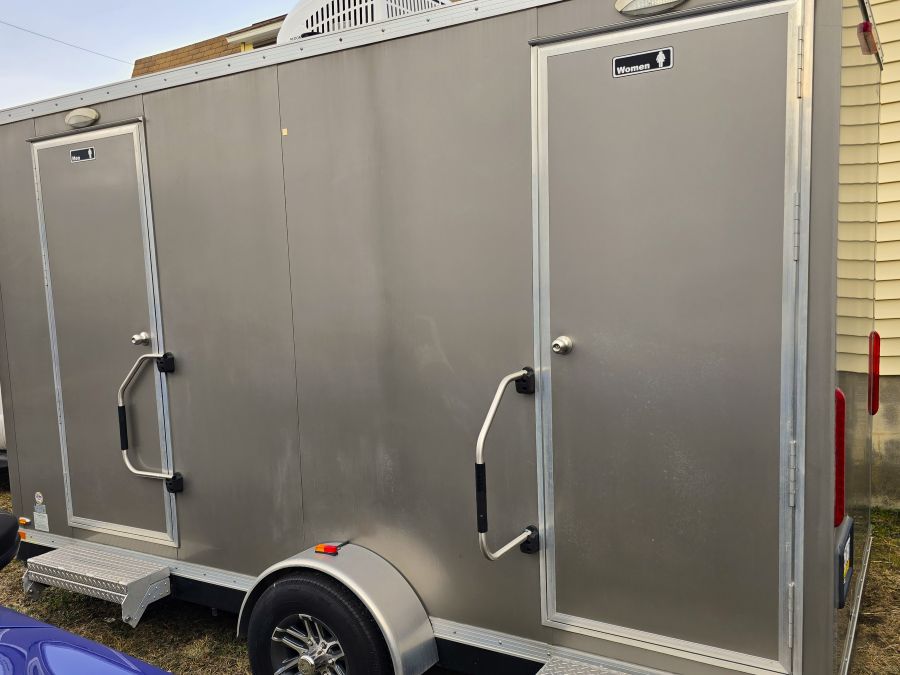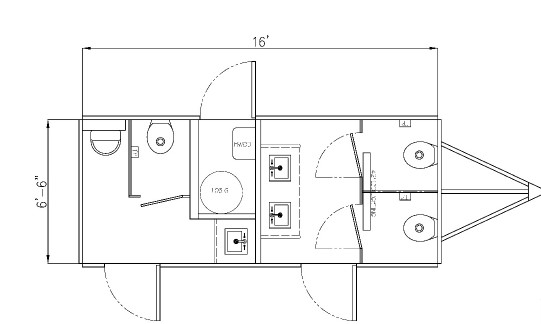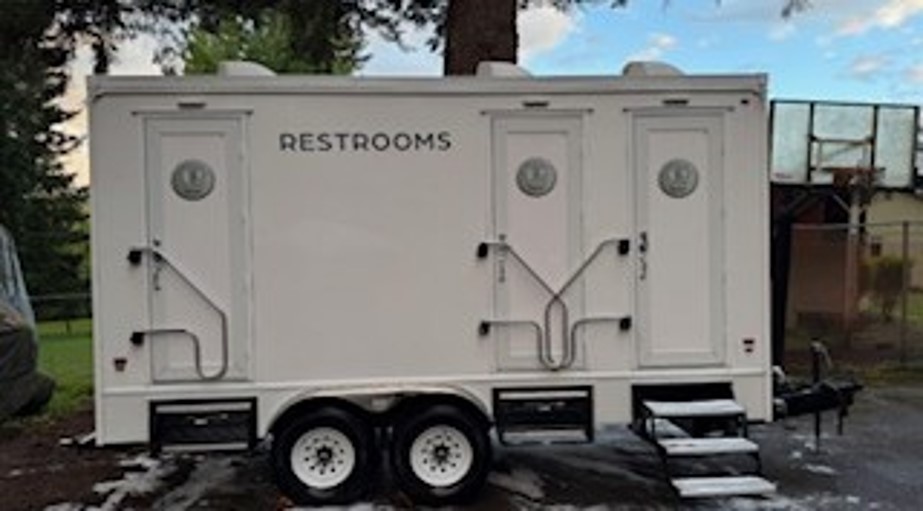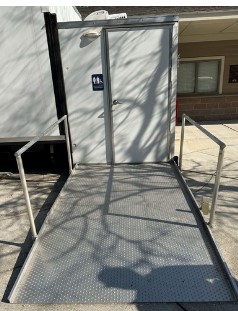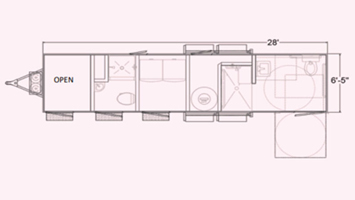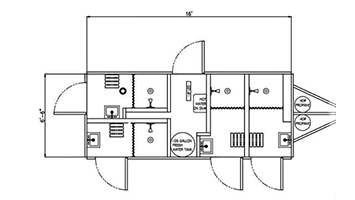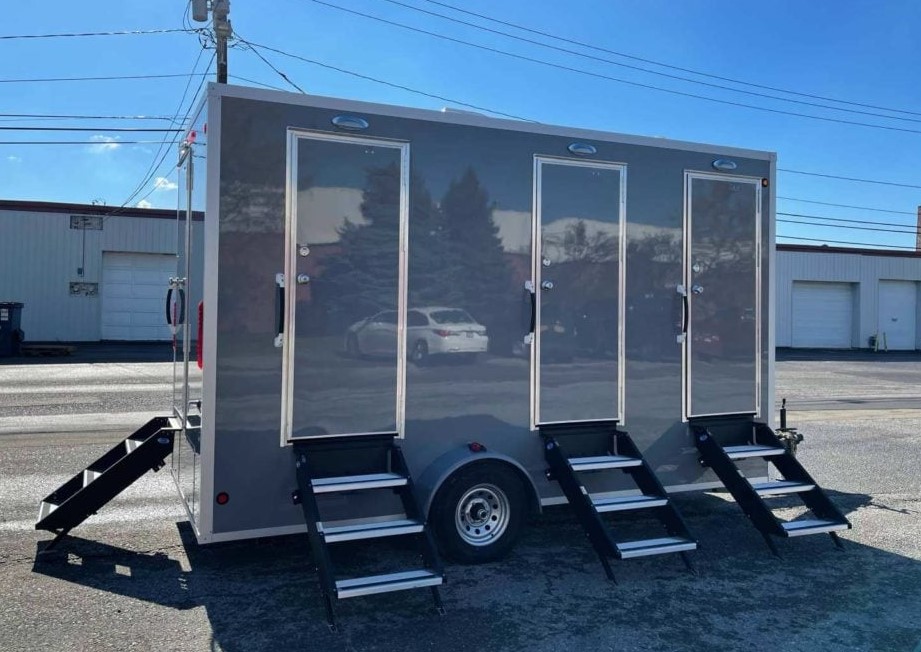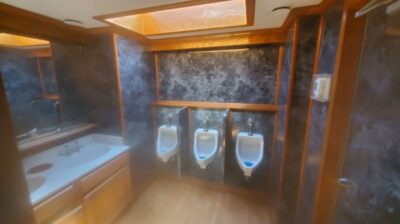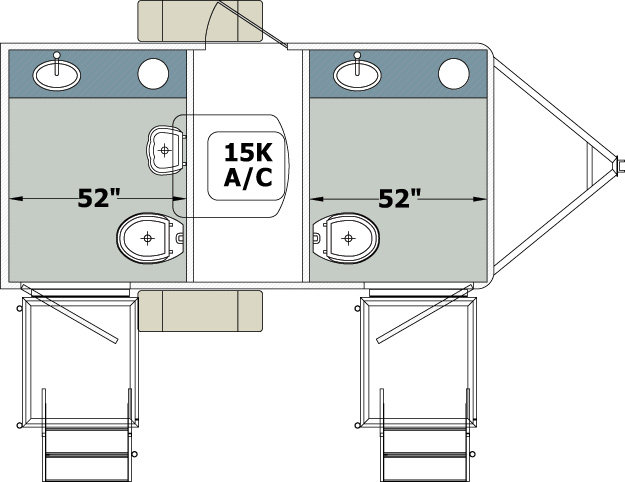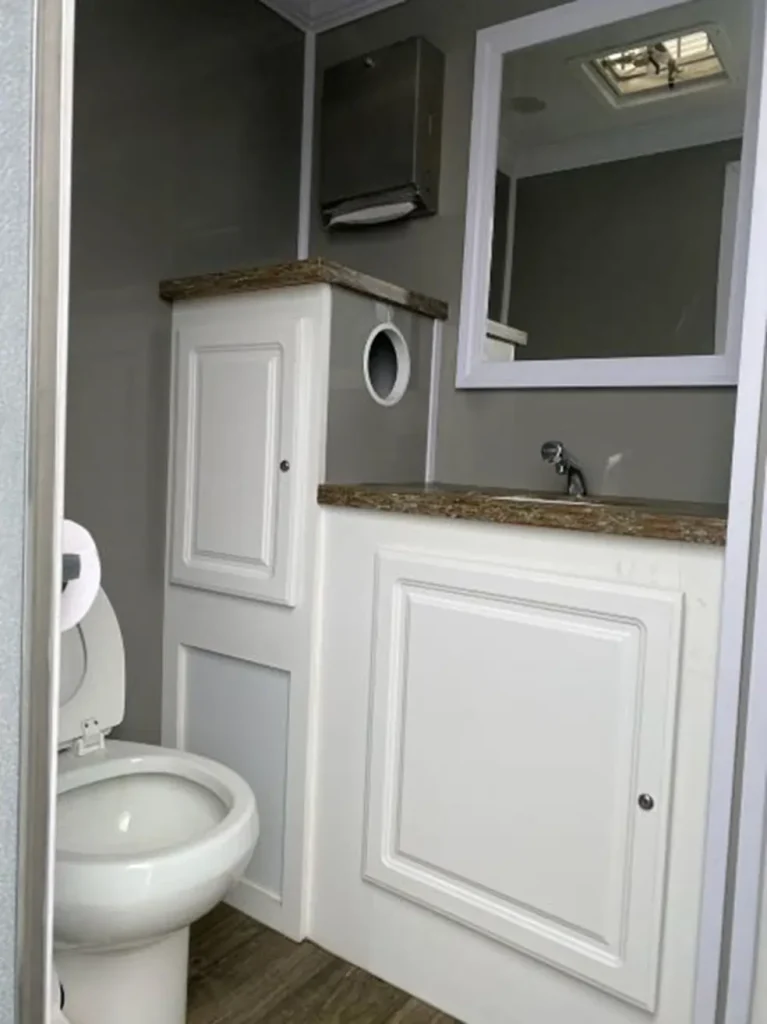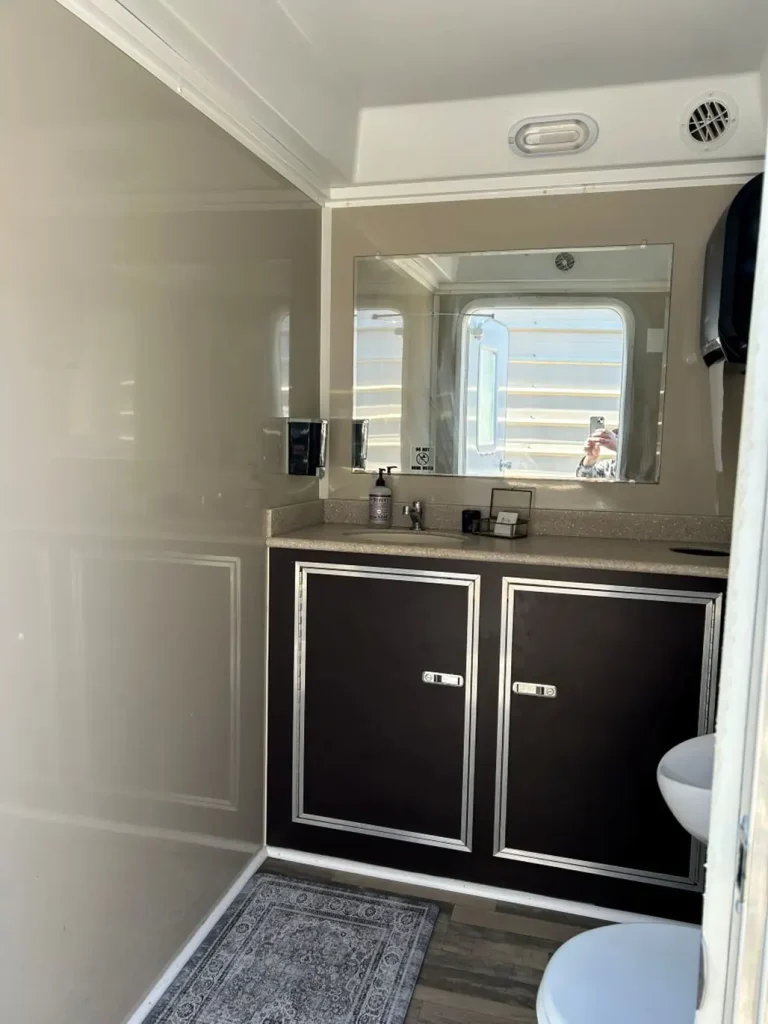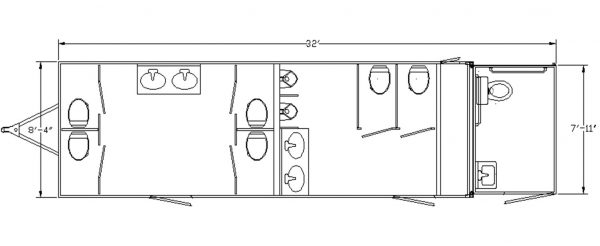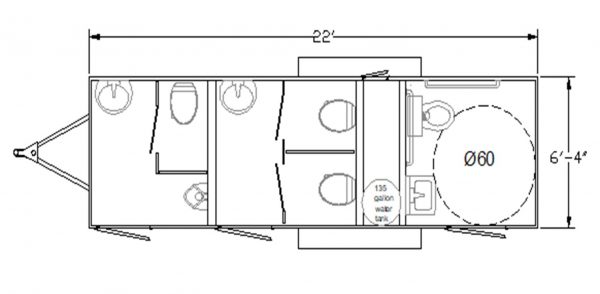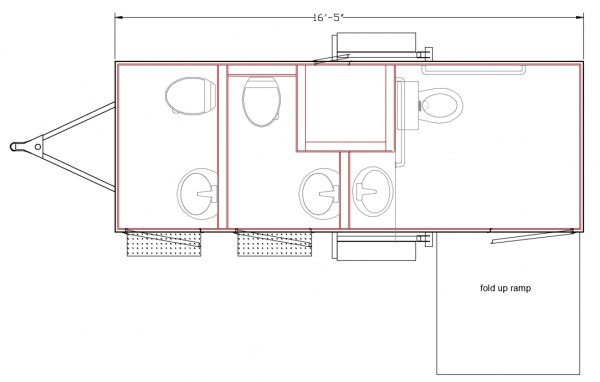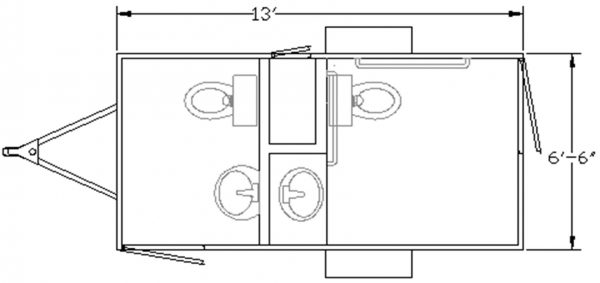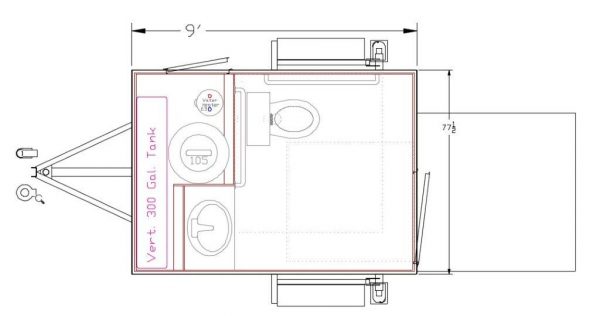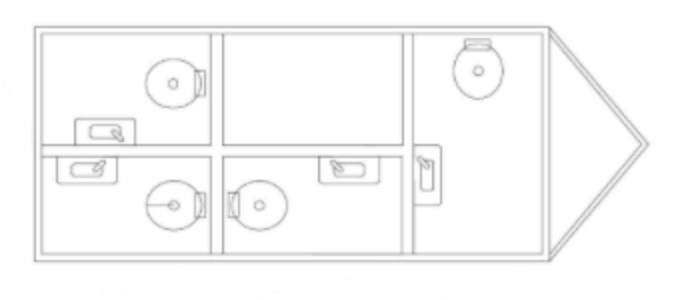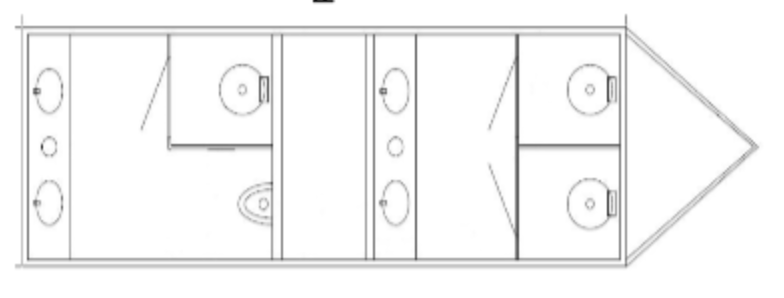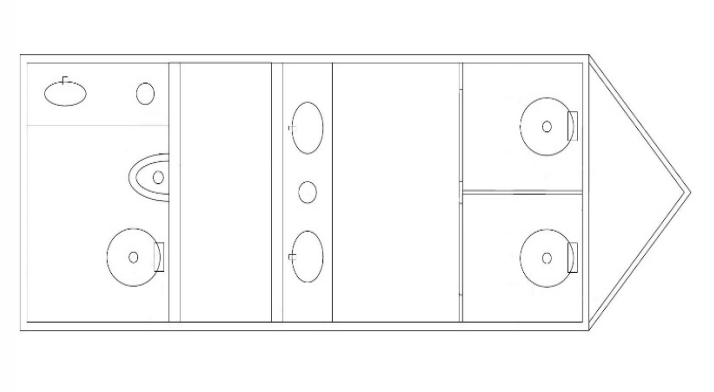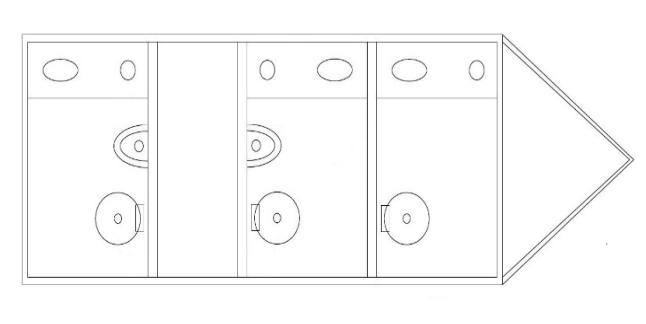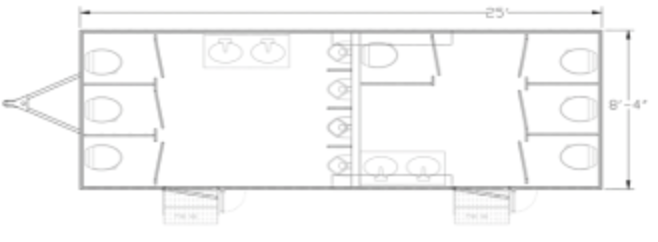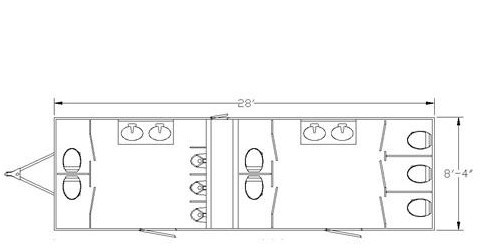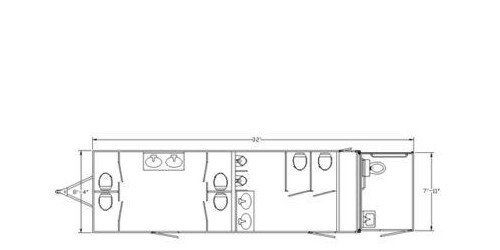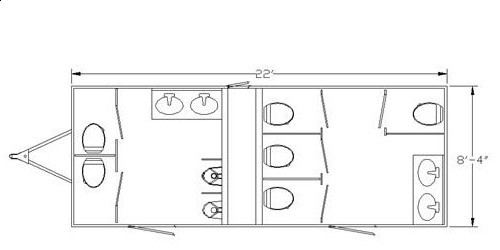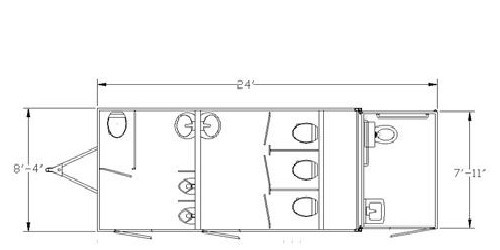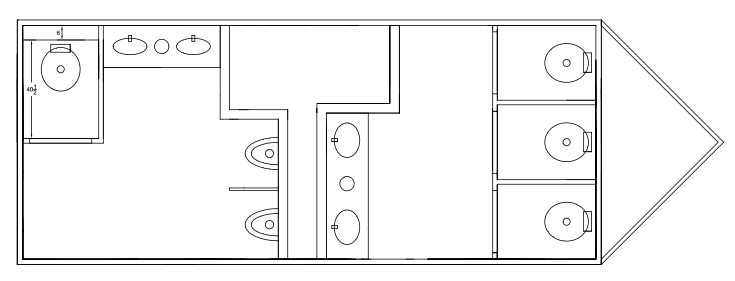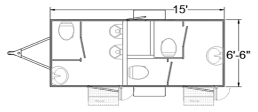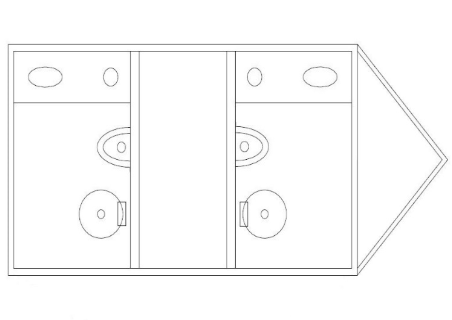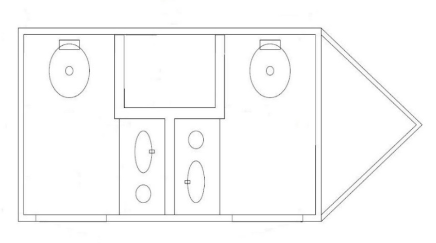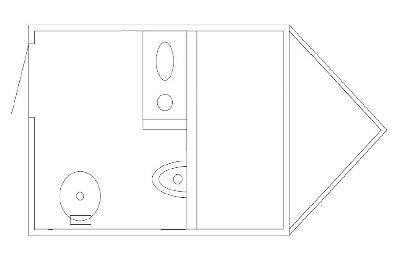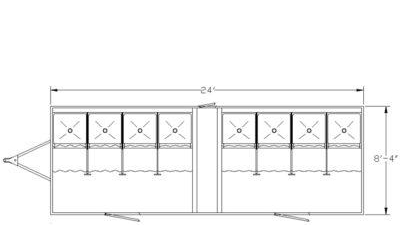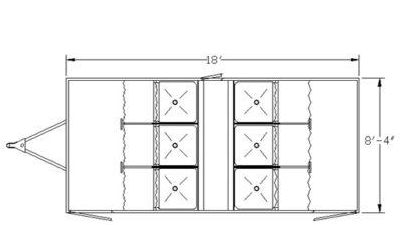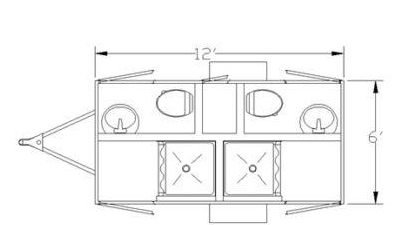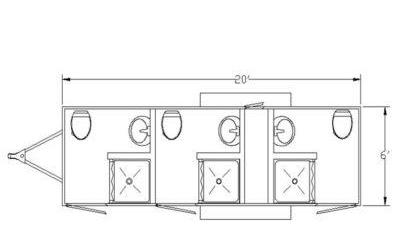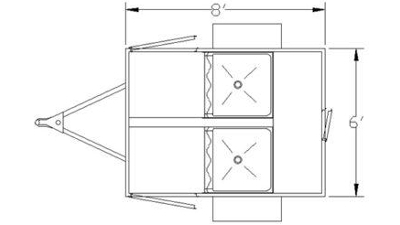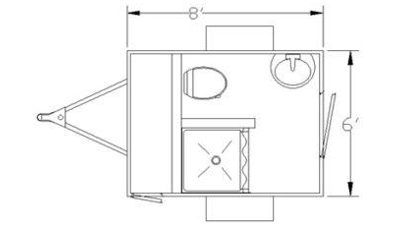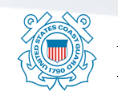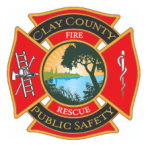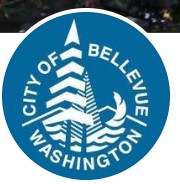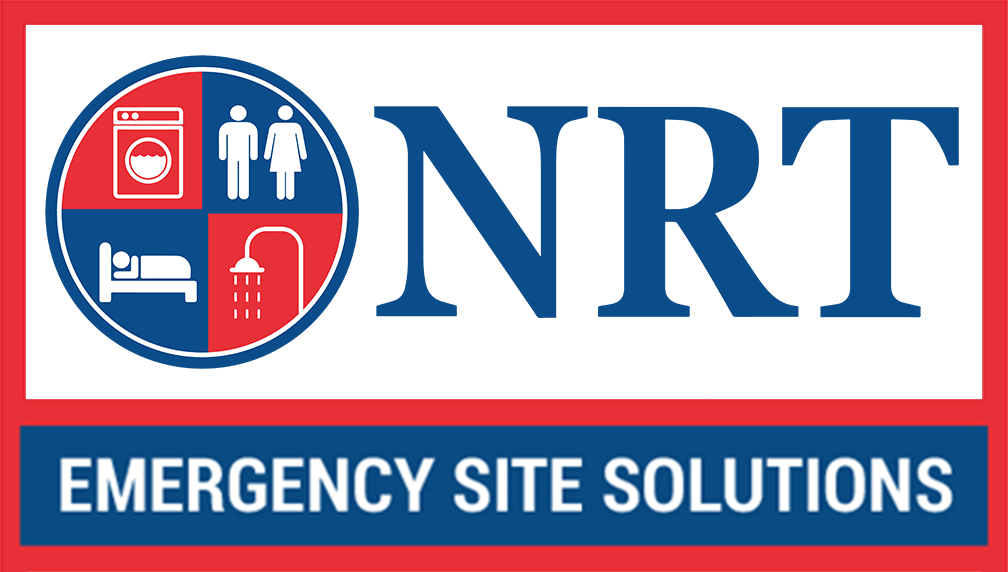The complexity of hurricane response operations necessitates versatile trailer configurations that can adapt to evolving emergency scenarios. From initial evacuation support through long-term recovery efforts, our specialized units provide essential services including emergency communications, medical triage, temporary housing, and mobile utility restoration. These self-contained facilities arrive ready for immediate deployment, equipped with generator power systems, climate control, water storage capabilities, and reinforced construction that meets or exceeds wind resistance standards for hurricane-prone regions.
Types of Emergency Response Trailers We Offer
Our comprehensive inventory includes mobile command centers specifically engineered for emergency management coordination during hurricane events. These units feature multiple workstations with integrated communication systems, satellite connectivity options, weather monitoring equipment, and expandable meeting spaces for tactical planning sessions. The reinforced aluminum or steel construction provides protection against flying debris while maintaining the structural integrity necessary for operation in sustained winds exceeding 100 miles per hour.
The complexity of hurricane response operations necessitates versatile trailer configurations that can adapt to evolving emergency scenarios. From initial evacuation support through long-term recovery efforts, our specialized units provide essential services including emergency communications, medical triage, temporary housing, and mobile utility restoration. These self-contained facilities arrive ready for immediate deployment, equipped with generator power systems, climate control, water storage capabilities, and reinforced construction that meets or exceeds wind resistance standards for hurricane-prone regions.
Types of Emergency Response Trailers We Offer
Our comprehensive inventory includes mobile command centers specifically engineered for emergency management coordination during hurricane events. These units feature multiple workstations with integrated communication systems, satellite connectivity options, weather monitoring equipment, and expandable meeting spaces for tactical planning sessions. The reinforced aluminum or steel construction provides protection against flying debris while maintaining the structural integrity necessary for operation in sustained winds exceeding 100 miles per hour.
Mobile medical units represent another critical component of our hurricane response fleet, providing fully equipped treatment facilities that can deploy to affected areas where hospitals and clinics have sustained damage or become overwhelmed. These trailers include examination rooms, basic diagnostic equipment mounting systems, pharmaceutical storage with temperature control, and patient privacy features that comply with healthcare regulations. At our company, we’re proud to offer a strong pre-owned sales division with a wide inventory available for immediate purchase, ensuring organizations can acquire essential emergency equipment even with limited budgets.
Rapid Deployment Capabilities and Logistics
Hurricane response requires trailers that can mobilize within hours of activation notices, necessitating designs that prioritize both transportability and quick setup procedures. Our units incorporate features such as hydraulic leveling systems, quick-connect utility interfaces, and pre-wired electrical systems that reduce deployment time from arrival to operational status. The aerodynamic profiles and properly distributed weight loads ensure safe highway transport even as storm conditions begin deteriorating, allowing response teams to position resources strategically before hurricane landfall.
Backed by extensive knowledge of different trailer types and the unique situations they’re suited for, our team helps every customer find the right fit for their needs. We work closely with emergency management departments to develop deployment protocols that account for evacuation routes, staging area requirements, and the specific terrain challenges encountered in hurricane-affected regions. This includes recommendations for towing vehicles, anchor systems for high-wind scenarios, and backup power solutions that maintain operations during extended utility outages.
Customization for Regional Hurricane Response Needs
Different geographic areas face varying hurricane-related challenges that require tailored trailer solutions. Coastal regions dealing with storm surge require elevated platforms and waterproof electrical systems, while inland areas might prioritize debris-resistant construction and enhanced ventilation systems for humid conditions following storm passage. Our customization options address these regional variations through modular designs that allow organizations to specify exactly which features best support their response protocols.
With a customer-first approach, we provide free estimates to ensure transparency and value from the start. This consultation process includes detailed assessments of your organization’s specific hurricane response responsibilities, anticipated deployment scenarios, and integration requirements with existing emergency management resources. Plus, with nationwide service, we’re ready to deliver reliable solutions wherever you are, ensuring that whether you’re preparing for Atlantic hurricanes or Gulf Coast storms, your emergency response capabilities remain uncompromised.
Essential Features for Hurricane Response Operations
- Reinforced structural frames: engineered to withstand Category 3 hurricane winds
- Emergency power systems: integrated generators with automatic transfer switches
- Climate control redundancy: multiple HVAC units ensuring continuous operation
- Communication arrays: roof-mounted antenna systems with retractable capabilities
- Water and waste management: self-contained systems for extended autonomous operation
Hurricane response trailers must function as completely self-sufficient facilities, maintaining operational capability even when surrounding infrastructure fails completely. This autonomy extends beyond basic utilities to include features such as reinforced windows with protective shutters, emergency lighting systems with battery backup, and secure storage compartments for sensitive equipment and supplies that must remain accessible throughout response operations.
